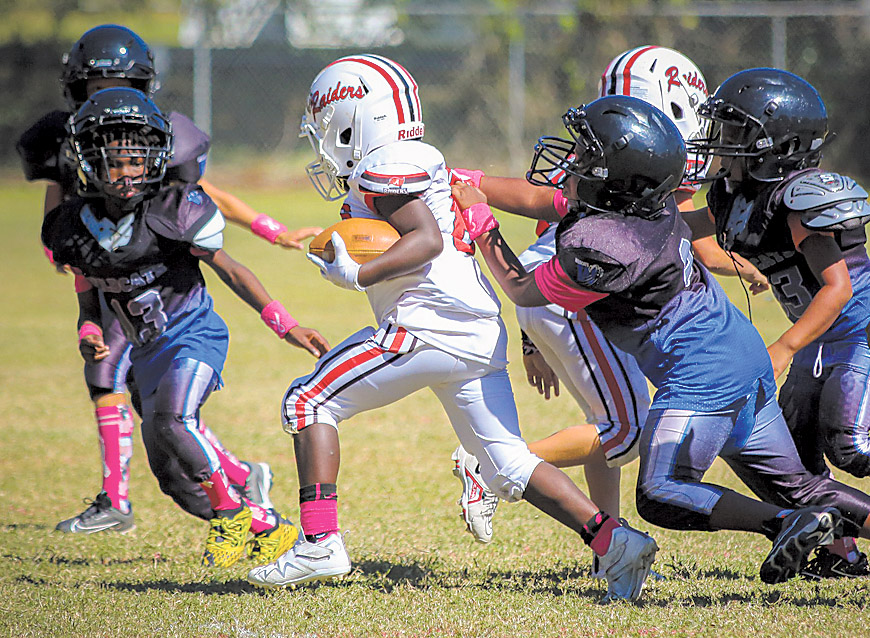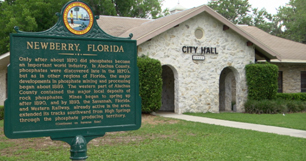NEWBERRY ‒ Newberry leaders and residents heard how zoning codes can be used to shape development in the city at the Feb. 10 City Commission workshop.
Representatives from CHW Professional Consultants, Alachua, were on hand to talk about elements that could be incorporated into the City’s overlay District at State Road 26/U.S. 41.
The meeting began with slides showing images of varying appearances that can be created with different zoning packages. Planner Caeli Tolar also showed examples of screening and buffering options, which could include landscaping, berms, fences or walls. She showed examples of how the use of codes may stop developers from using continuous curb cuts in their designs, which make it unsafe for pedestrian crossing at those locations.
She further showed examples of a couple of buildings with two or three access points, which helps provide interest on multiple sides of the building. Codes can also be used to minimize the visual impact of loading docks and dumpsters by requiring that they be less visible, and in some cases, located on the back of the buildings.
Specific codes can also be used to restrict signage height, minimize signage distance from the roads and require builders to use materials that are in keeping with the community aesthetic as well as the building’s vernacular.
Senior Land Planning Project Manager Ryan Thompson explained the purpose of the pre-application meeting between staff and developers and how that meeting can be used to find consensus. He summarized their company’s intention to establish regulations that make it easy for staff and the applicant to understand the requirements, make them specific enough, but not so tight that the applicant cannot express their vision.
Executive Vice President and Principal Planner Gerry Dedenbach listed some categories he thought the group should address beginning with the vernacular of the buildings and the use of materials on the buildings and signage that match aesthetically.
Citizens talked about their desire to maintain the small-town feel of the community, the need for solar lighting on welcome signs that are in keeping with the character of the community and the use of natural elements such as stone, brick and natural earth elements.
It was suggested that the scale of the buildings decrease as the speed decreases the closer a driver gets to town. Citizens and commissioners expressed a dislike for tall buildings and suggested that the scale of the buildings be reduced beginning at 202nd Street on Newberry Road. An appeals process should be incorporated into the signage regulations suggested City Manager Mike New.
The Town of Tioga landscaping in front of drainage berms appealed to some people. Planner Laurie Hall suggested that a higher tree canopy would allow drivers to more easily recognize buildings as they are approached by drivers.
Following a short break, Commissioners and citizens broke into groups to look at maps and specify where they believed the Urban Service Area Boundary should be located. “Currently, the Urban Service Area is a three-mile radius from the center of town that encompasses 28 square miles, which was established in 2007,” said Newberry Planning and Economic Development Director Bryan Thomas.
He explained that the options are to leave the Urban Service Area as is, leave it as is but with modifications to clarify which parcels are included when the line bisects a property (define or clarify if all is in or none is in the Urban Service Area) or amend to either contract or expand the Urban Service Area. Should an amendment be required, the process is expected to take approximately four months.
The idea is that if a property is inside the Urban Service Area, it can be developed. If it is outside, it is not really developable in any large way.
Following review and discussion in groups and map marking, Mayor Jordan Marlowe explained that staff will collect what everyone has drawn, overlay them and look for commonalities. He stressed that this was just the first step in the process and that the information would be brought back to the group at another meeting for further discussion.
# # #
Email cwalker@
alachuatoday.com
Newberry Leaders and Residents Visualize Future Development
Tools
Typography
- Font Size
- Default
- Reading Mode


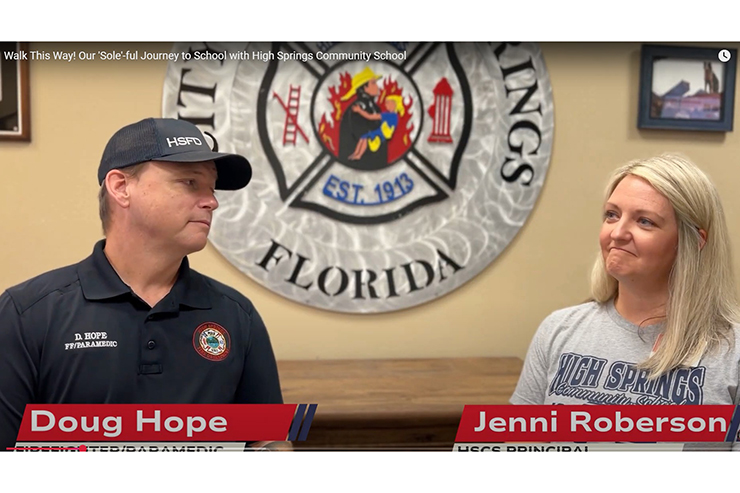

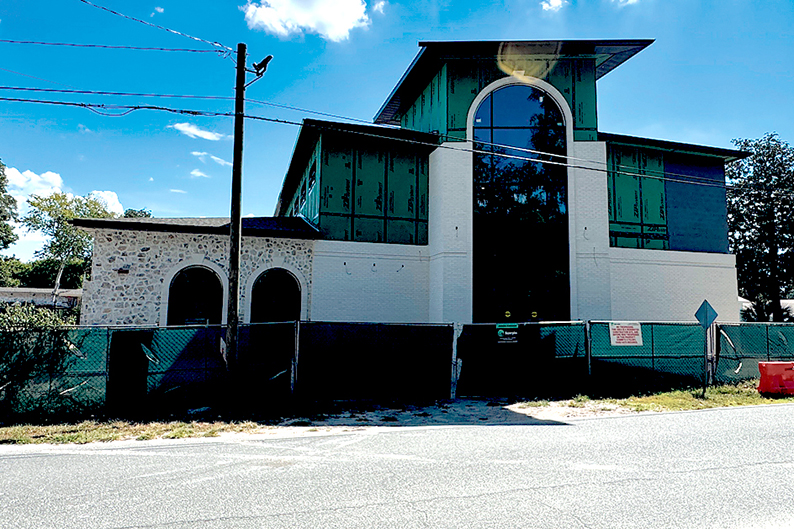
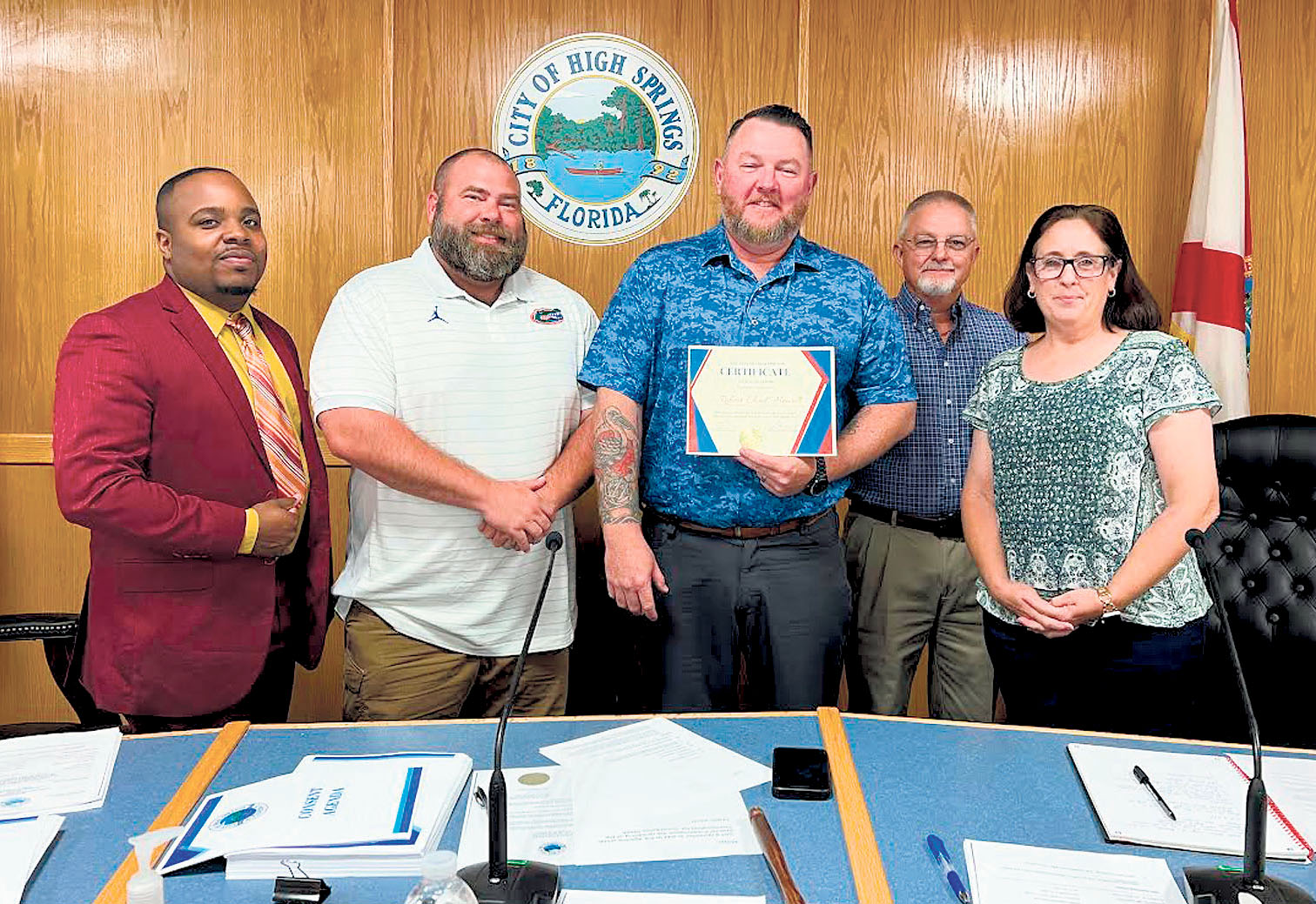
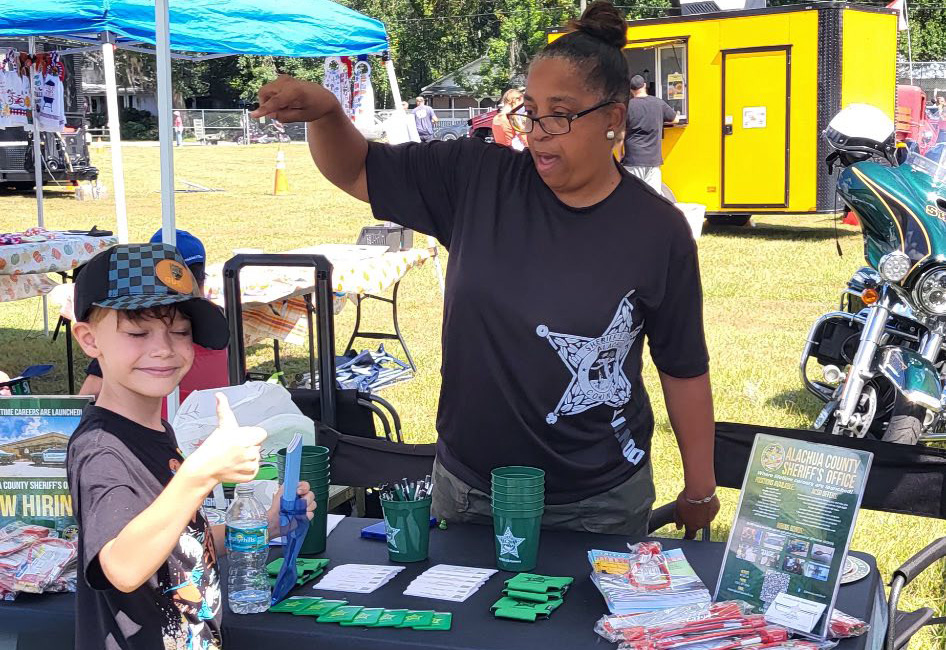
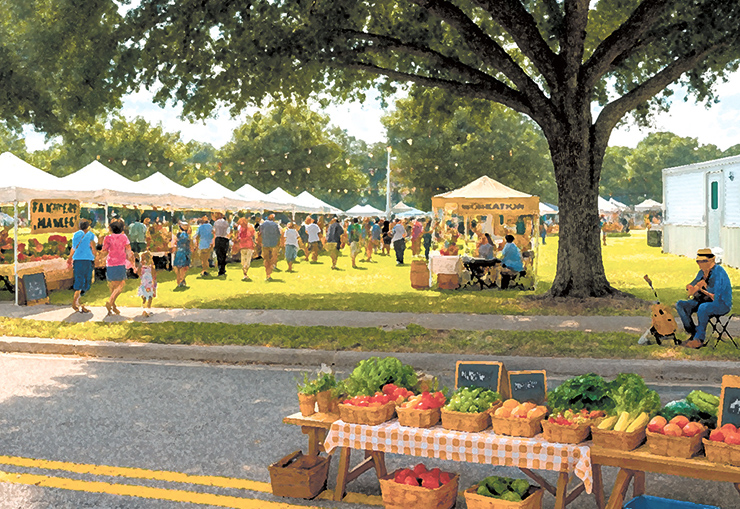
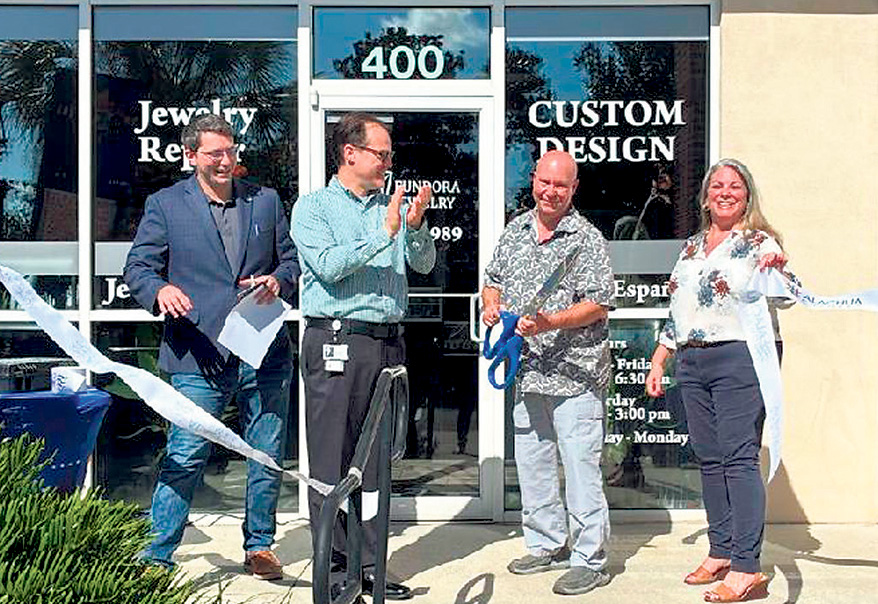
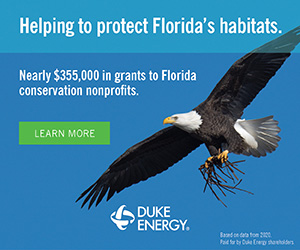




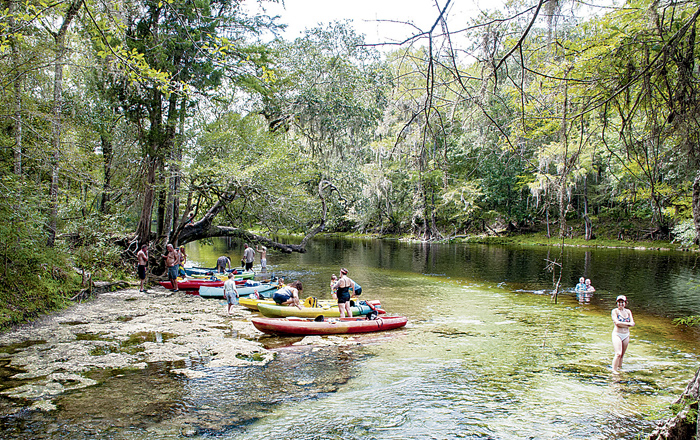

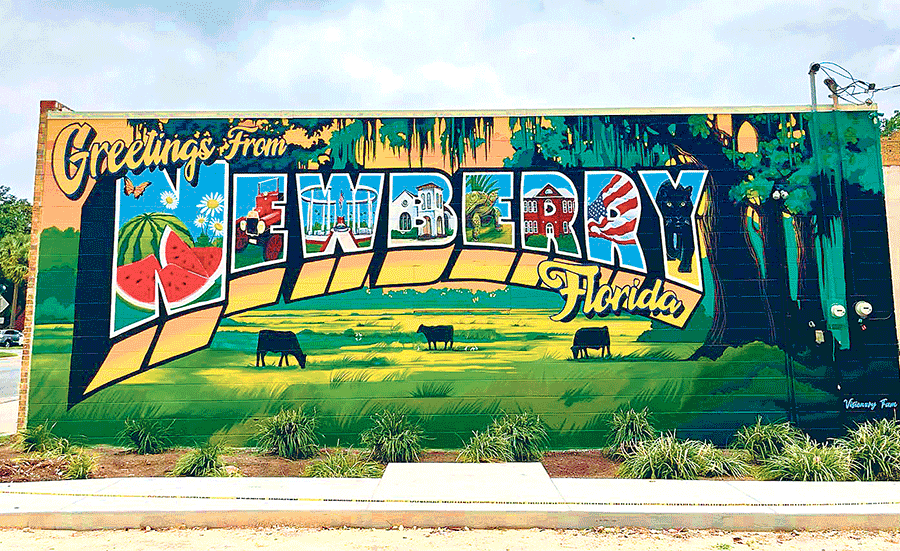
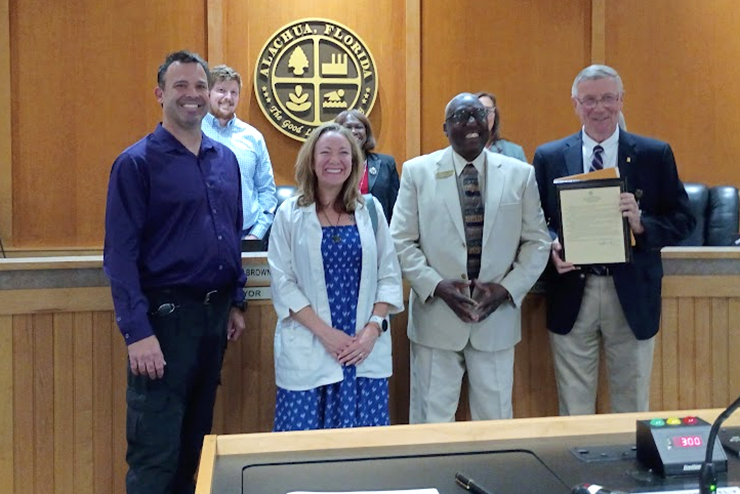

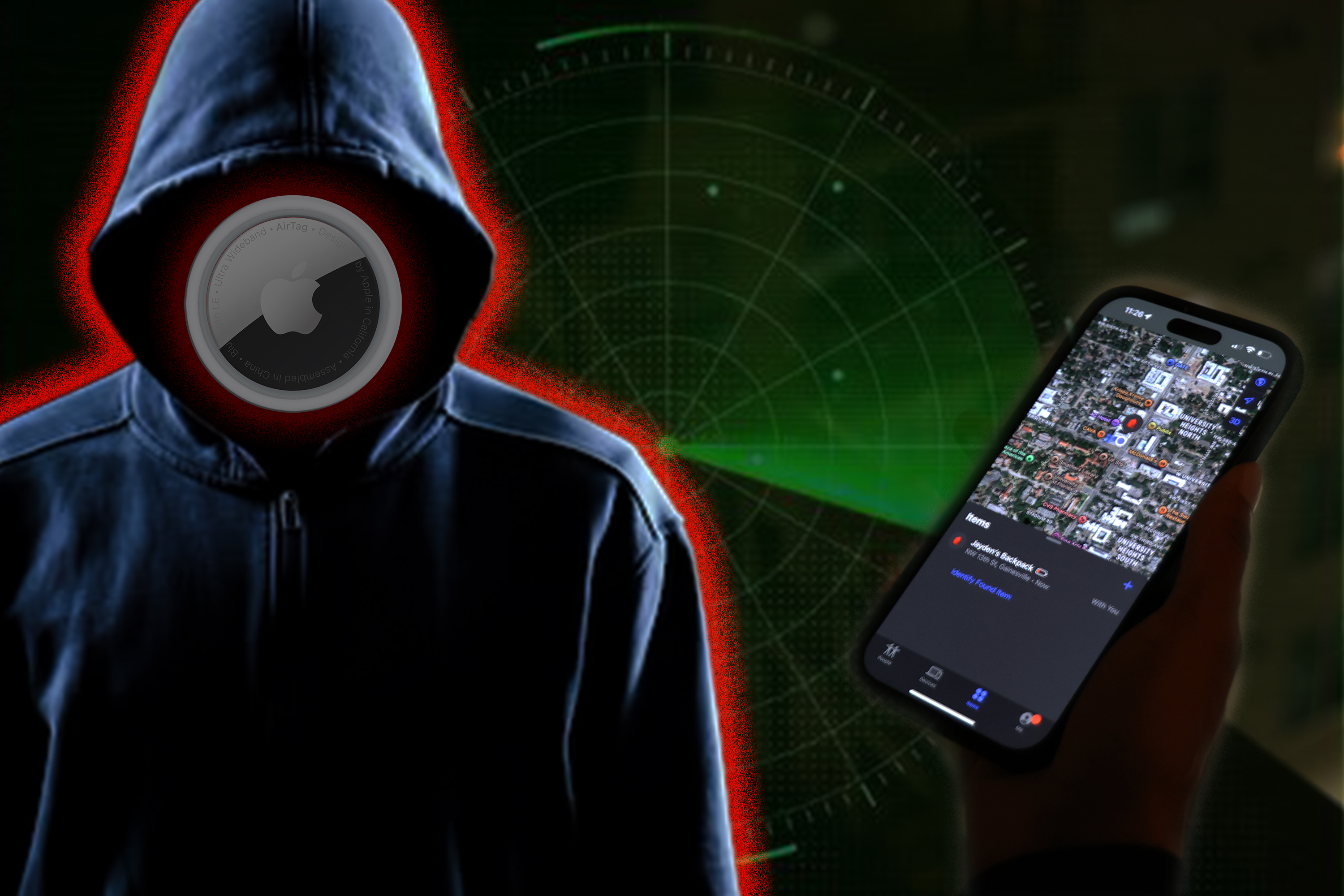
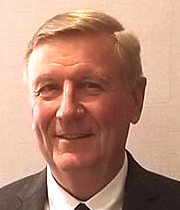 K2 spans several decades and involves multiple scientists.
K2 spans several decades and involves multiple scientists.

